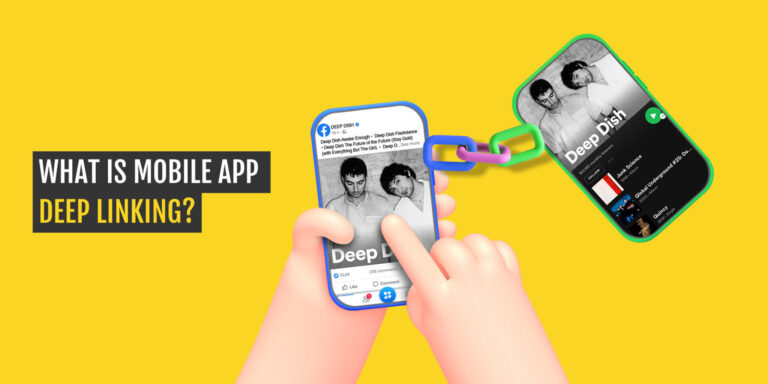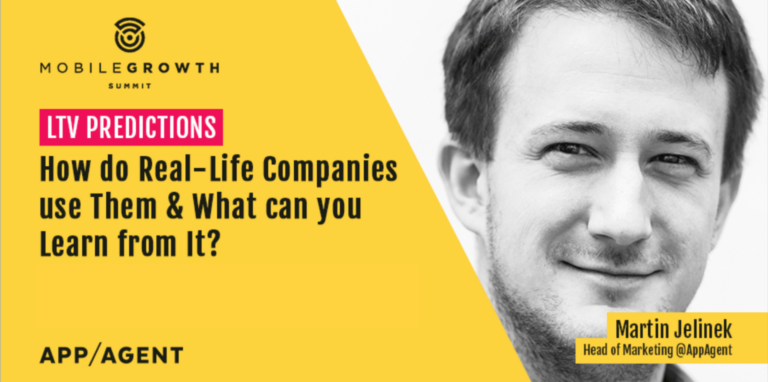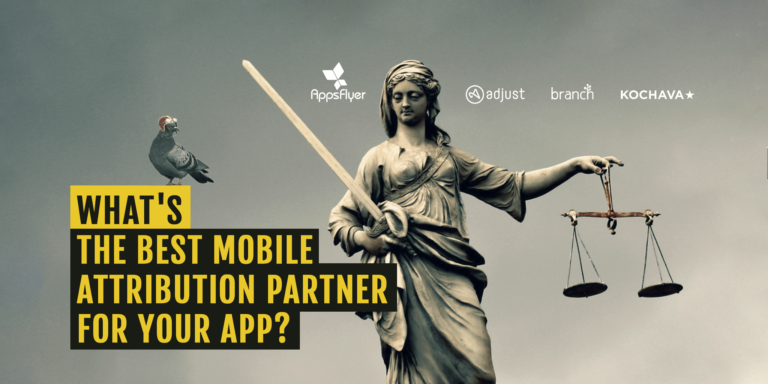During my time at the App Promotion Summit in Berlin it became clear that a pattern is emerging in mobile analytics. Data now impacts every single decision – from strategy to product to marketing.
It may be essential, but many companies struggle to deal with scattered data sources; the task of translating these raw numbers into actionable insights; or the challenge of bringing together analysts, marketers and product owners.
I recently sat down with Paul Trejbal, data analyst at AppAgent, to talk about emerging mobile analytics trends and how to tackle the data challenges many organisations face.
Paul is truly obsessed with numbers. He has spent the last six years working with data in e-commerce, finance and lately in mobile games and apps, translating this information into insight.
“The single most important trend is about developing a smart connection between what already exists,“ believes Paul. “It’s about making data more accessible.”
The single most important trend is about developing a smart connection between what already exists. – PAUL TREJBAL
Here are his three predictions for mobile analytics in 2017:
1. Connecting marketing and machine learning
Technically this connection has existed for some time, but only now are these two worlds beginning to meet. Marketers understand the gold in numbers, start-ups evangelise about data-driven culture and a shared language brings them together. (Did you know what your churn rate, ARPPU or LTV was in 2013?)
This interconnection is reflected, maybe even driven, by new tools where powerful marketing systems are based upon, and integrated with, app analytics.
As an example, in looking for new ways to help mobile gaming company Geewa grow its user-base, Trejbal introduced 48 user attributes into a machine-learning algorithm to help identify non-linear correlations.
As a result, the team was able to develop five new player segments including “loyal-pay-to-win players”, which Geewa’s marketing department used to identify FB lookalike audiences. This has resulted in a lower-cost per install by targeting a key group of users that remain under the radar of other advertisers.
Paul closes his first prediction: “The data analytics process is more than extract-transform-load and then visualise. Now there’s the element of action, finally analytics becomes really actionable!”
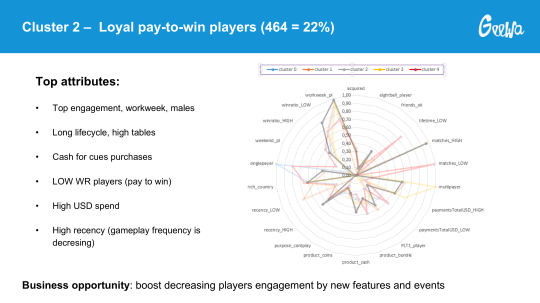
2. True customer journey analysis
Web analytics, app analytics and business intelligence have to merge, because understanding the real user and his or her story is complex in our multichannel world.
This means that the online world (web, apps, social) connects with offline analytics (loyalty programs, movement in shopping malls) and virtual worlds (augmented and virtual reality).
In this new approach to analytics, the online world (web, apps, social) has to connect with offline analytics and the virtual worlds of augmented and virtual reality to create a true picture.
Data analytics process is more than extract-transform-load and then visualise. Now there’s the element of action. – PAUL TREJBAL
behavior
Paul explains: “The Holy Grail is the ultimate attribution in the full context of human behaviour.”
This means a clear understanding of who can take the credit for a conversion, what initially triggered this curiosity, how brand awareness affected the decision-making process, and what led to the last point of contact before the purchase.
It’s obvious we will increasingly see the influence of humanities here, including cognitive science and psychology.
“As I mentioned in my first prediction, programmatic ad targeting will then chase us both in the virtual and real space,” saysTrejbal. “It may be scary, but it is not as distant as many people think.”
He continues: “Look at companies such as MZ who heavily invest in offline advertising. They are already tackling this big problem today.”
3. Storytelling instead of boring data
“Business users want insights, not dashboards! And this will be a big challenge for the current skill-set of data analysts and data scientists,” begins Paul, delivering his last prediction.
The analyst in 2017 is not a number-cruncher who no one understands, but a storyteller supporting remarks with numbers, user-personas and user-journeys.
Luckily new products and services that make storytelling possible are already out there – and ready to grow.
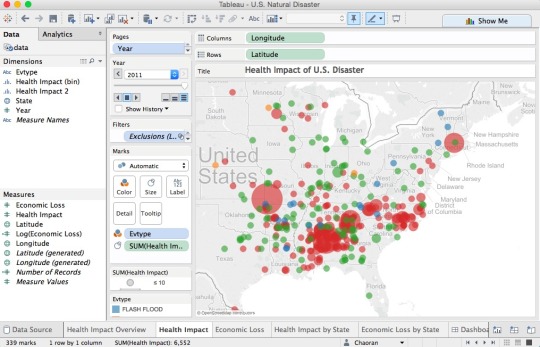
Tableau (watch a webinar at: Visual Storytelling in the Age of Data) and Google Data Studio are just a few of them. There are also products that can help in interpreting data from insights (Metrics Insights) or even help you to create stories (Czech startup Stories).
“Those lightbulb moments, when you turn numbers into stories, are the best part of my work. It’s like when you teach clients reading and at some point it clicks – and they simply fall in love with data,” Trejbal adds, finishing his predictions on a positive note for 2017.

